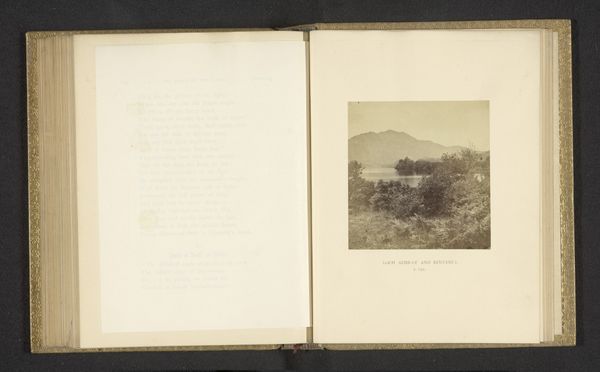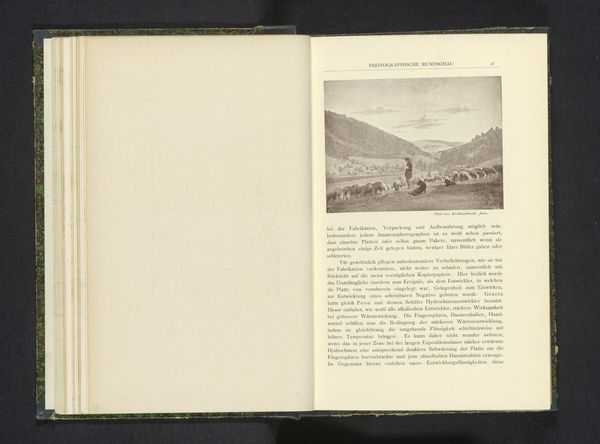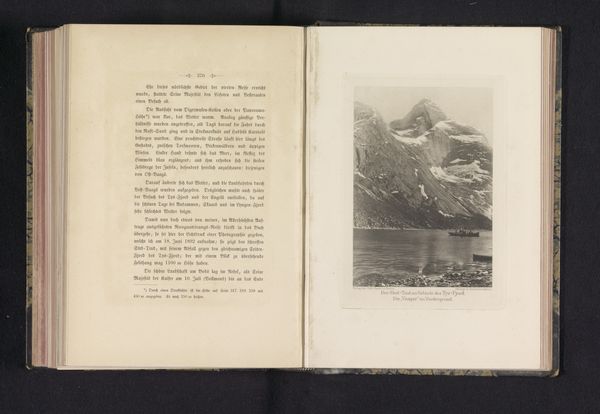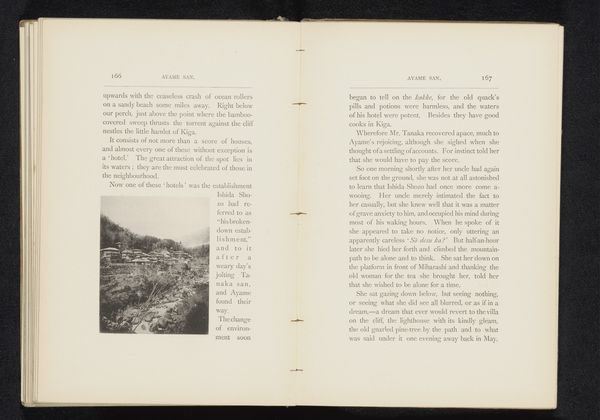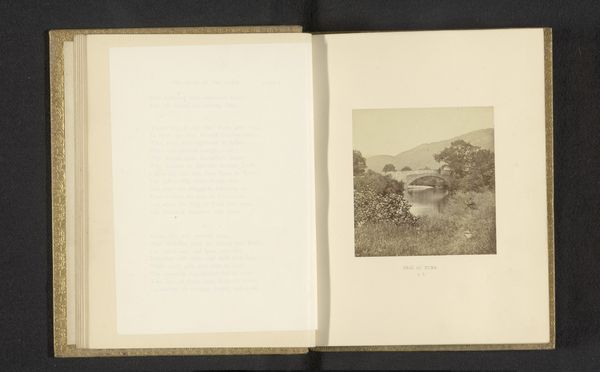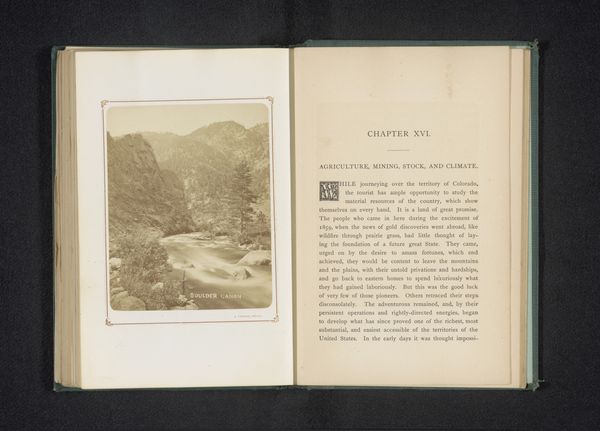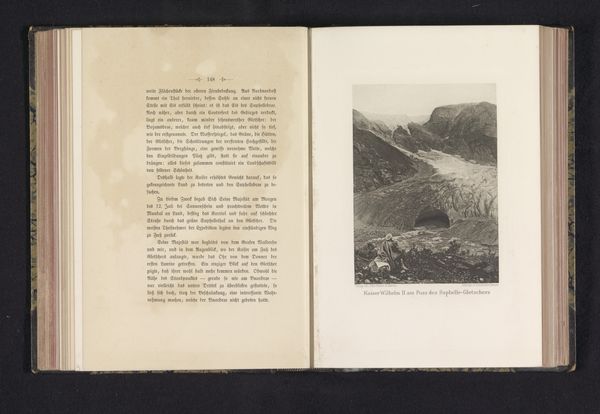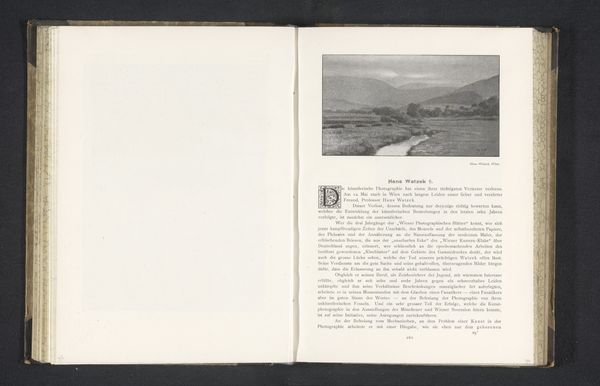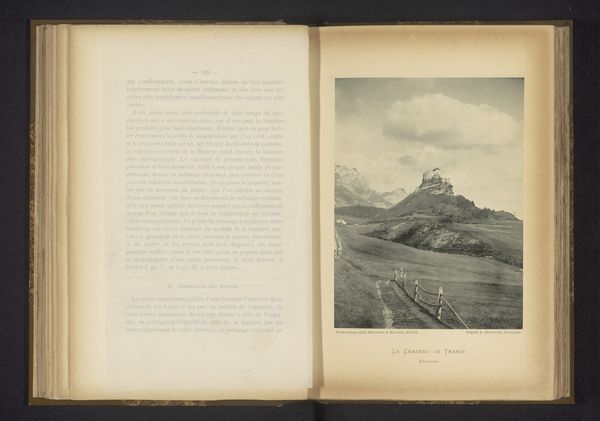
print, plein-air, photography, albumen-print
#
16_19th-century
# print
#
plein-air
#
landscape
#
river
#
photography
#
albumen-print
#
realism
Dimensions: height 95 mm, width 92 mm
Copyright: Rijks Museum: Open Domain
Editor: Here we have “Gezicht op de rivier Teifi in Pembrokeshire, Wales,” created by Charles Allen, sometime before 1867. It's an albumen print. It has a muted, almost dreamlike quality, doesn’t it? What catches your eye in terms of its composition and visual elements? Curator: The interplay of light and shadow is certainly compelling. Note the tonal gradations within the albumen print itself. Consider how the artist uses the chemical process to generate a spectrum that evokes depth, specifically how the photographer renders texture versus how light functions to organize the work. The photograph is structured around the diagonal line of the river, leading the eye into the distance. Are you noticing the texture? Editor: Yes, the foreground is much more defined with the foliage and land formations. The distance appears softened, almost blurred, reinforcing the feeling of vastness. What do you think of the limited tonal range? Does it enhance or detract from the overall composition? Curator: It focuses attention on the spatial relationships within the frame. Note how Allen positions the frame. The limited tonal palette prioritizes structural and spatial relationships over photorealism, highlighting the photographer’s calculated manipulation. Consider how this work emphasizes the landscape through selective contrast and depth of field. Editor: It’s interesting how limiting the tonal range almost abstracts the scene, doesn’t it? It feels like Allen wasn't just documenting a location, but constructing a specific viewing experience. Curator: Precisely. And consider the technical constraints of early photography; the medium itself informed the message, compelling a study in form and light to overcome a static field. Editor: I hadn’t thought about it that way. Looking at it again, I notice so much more structure than I initially perceived! Thanks. Curator: Indeed. Examining artwork through its visual components allows new perspectives on creation and the intentionality.
Comments
No comments
Be the first to comment and join the conversation on the ultimate creative platform.


